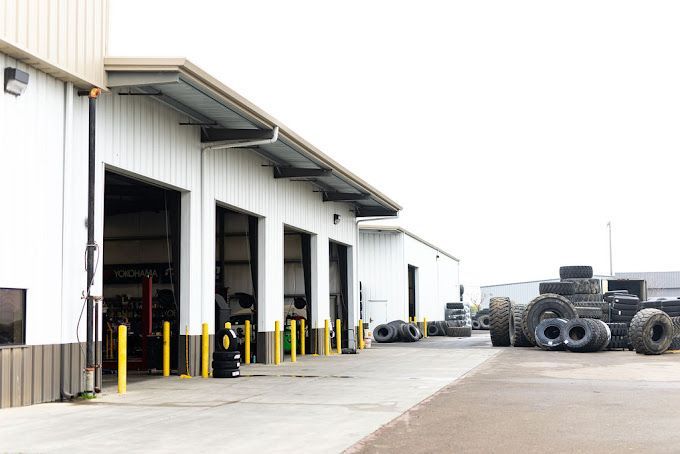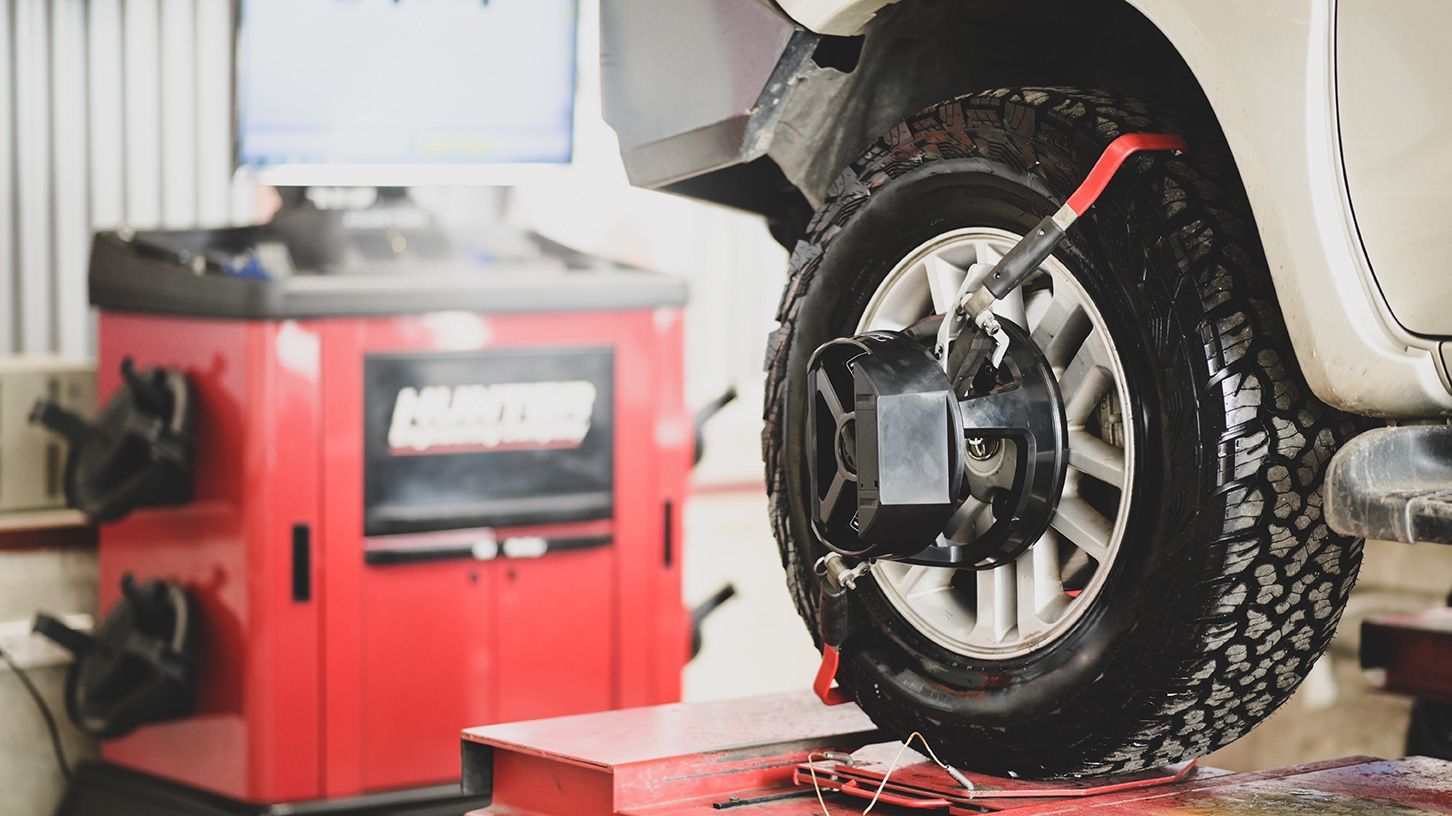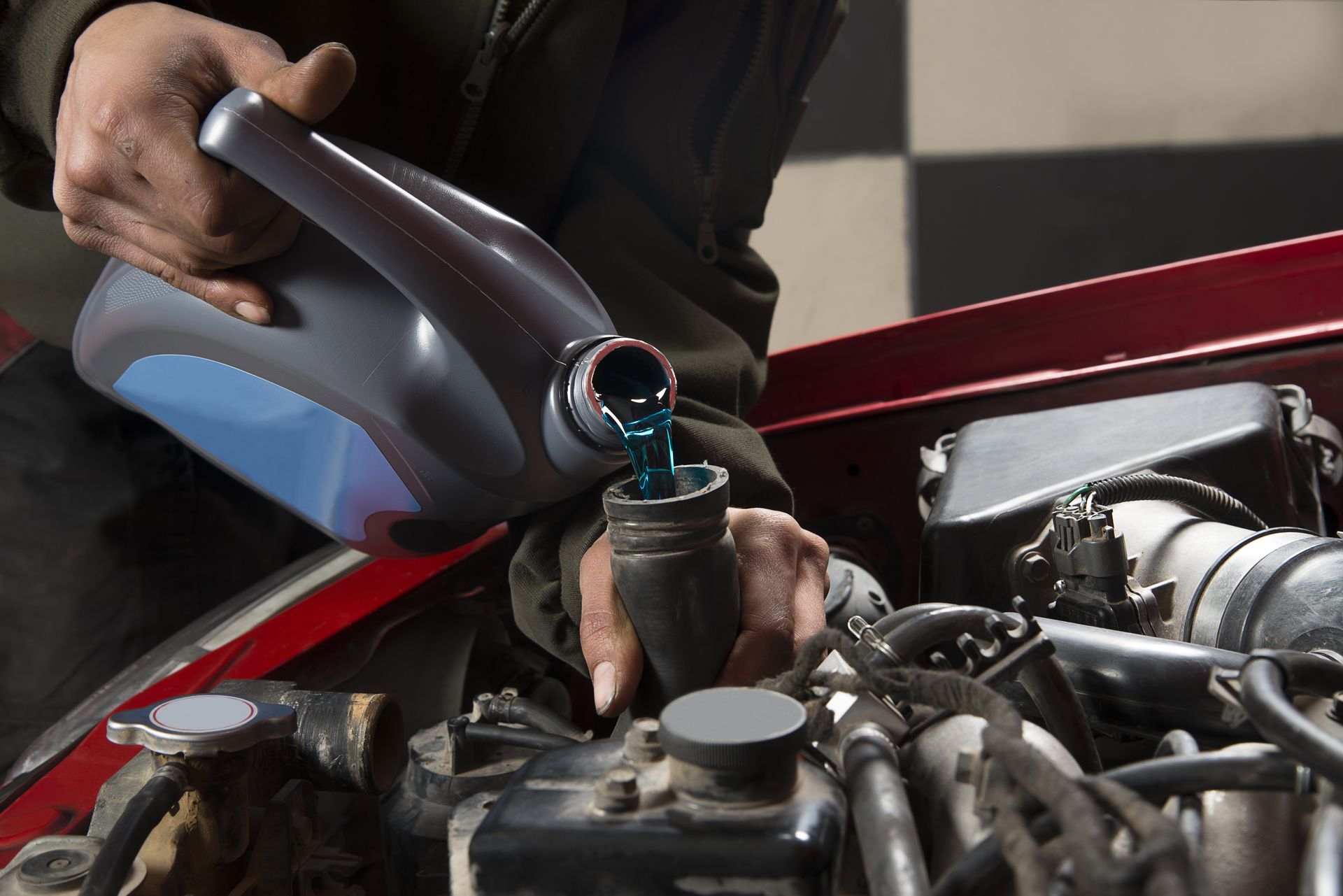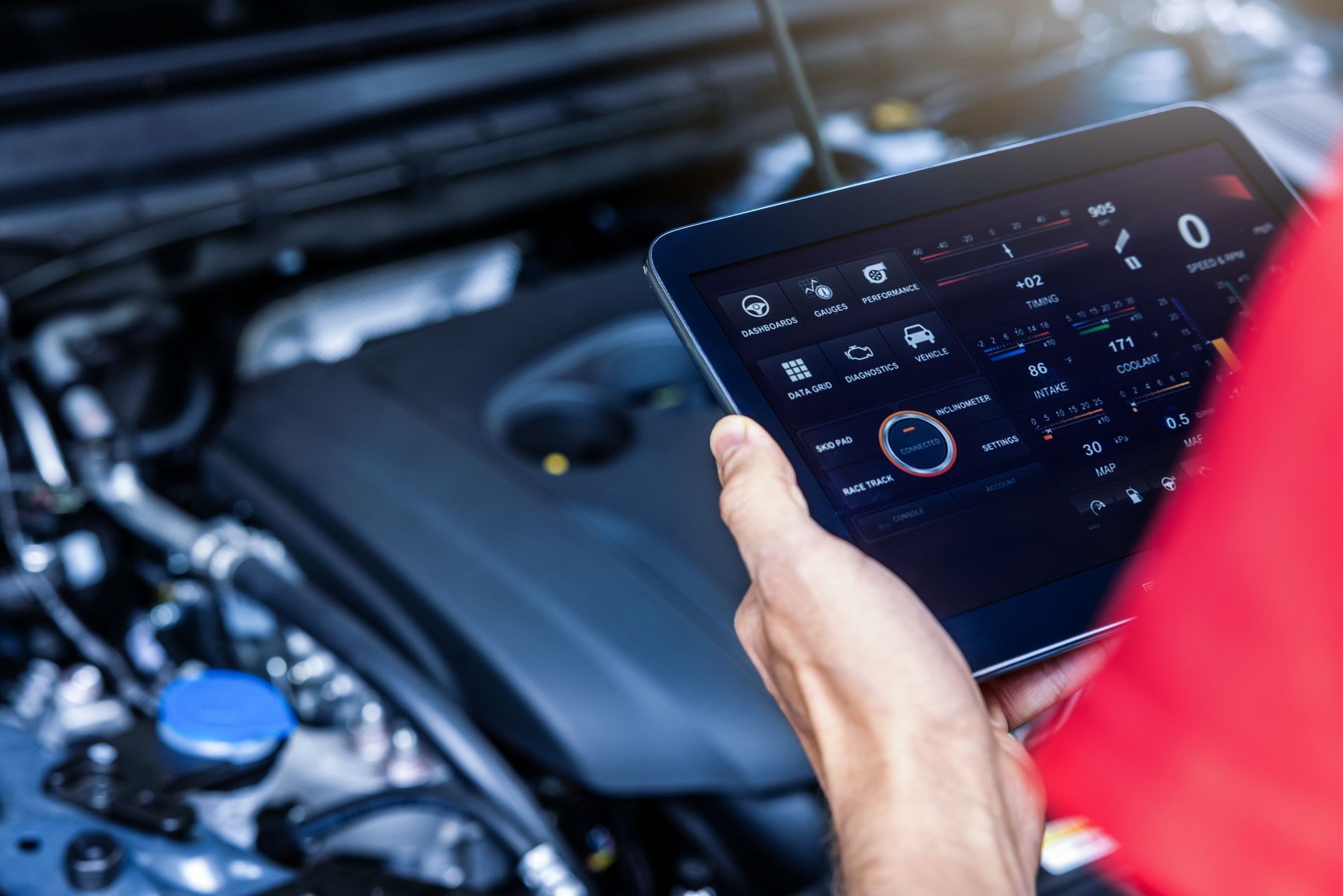Common Auto Heating & Cooling Issues
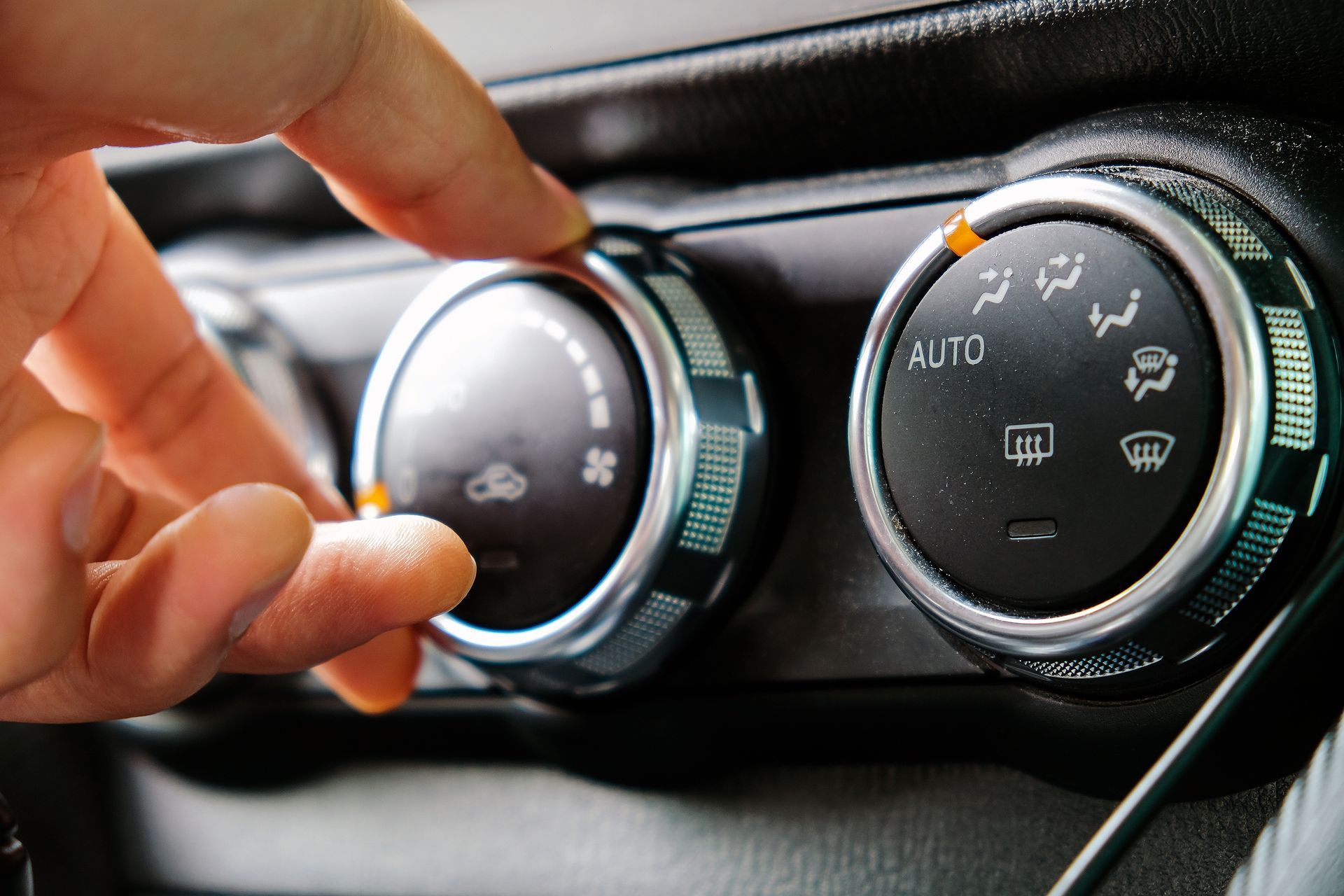
Common Auto Heating & Cooling Issues
The heating and cooling system are connected within your car, but they function as separate systems. Maintaining you’re A/C and heating systems involves having regular maintenance performed to avoid any larger issues down the line. Proper maintenance of these components can make the difference between a comfortable and relaxed drive and a torturous journey. The auto heating & cooling systems have so many components that it’s sometimes difficult to know what may be causing a malfunction or performance problem. Heating and Cooling Automotive
When you schedule a diagnostic inspection with an auto repair shop, they will identify the issue and make recommendations to fix your heating or cooling problems. Heating and cooling issues come in a variety of shapes and sizes. If you experience issues with the air conditioning, the same issue may prevent the heater from working. At the beginning of summer and winter, you should schedule an appointment to have your car air conditioning and heating systems examined.
Common Reasons for the Heating System Not to Work
Your car’s heating system has the important task of keeping the cabin of your warm, comfortable, and safe when the temperature outside is cold. It is made up of several components, including the heater core, the blower motor and fan, heater hoses, the heater control valve, the HVAC (heater, ventilation, air conditioning) control panel on your dashboard, and the cabin air filter. The heating system utilizes the heat from the engine to keep the cabin of your vehicle warm. If your car heating system is not working, the problem can be due to:
• Low coolant
• Air in the coolant system
• Malfunctioning heater core
• Failed (or failing) thermostat
Coming Issues With the A/C System
The air conditioning system of your vehicle keeps you cool and comfortable in humid conditions. Some of the main components that make up this system include the refrigerant, compressor, condenser, receiver drier, expansion valve, evaporator, lines, and accumulator. If you experience any of the following problems, it’s time to make an appointment with your trusted mechanic.
• Low refrigerant (will generally blow cool, but not cold)
• Clogged or leaking condenser
• Refrigerant cross-contamination
• Unresponsive pressure switches
• Damaged compressor
• Broken belt
• Clutch issues
• Moisture and debris
• Leaks
• A/C control head malfunctions
• Worn or stretched serpentine belt (required to operate the compressor and clutch)
Have a certified technician inspect your vehicle’s heater and air conditioning systems at least once every year. A well-maintained heating and cooling systems will allow you to drive in a comfortable and safe vehicle, and also helps to avoid major repairs that can become costly.





